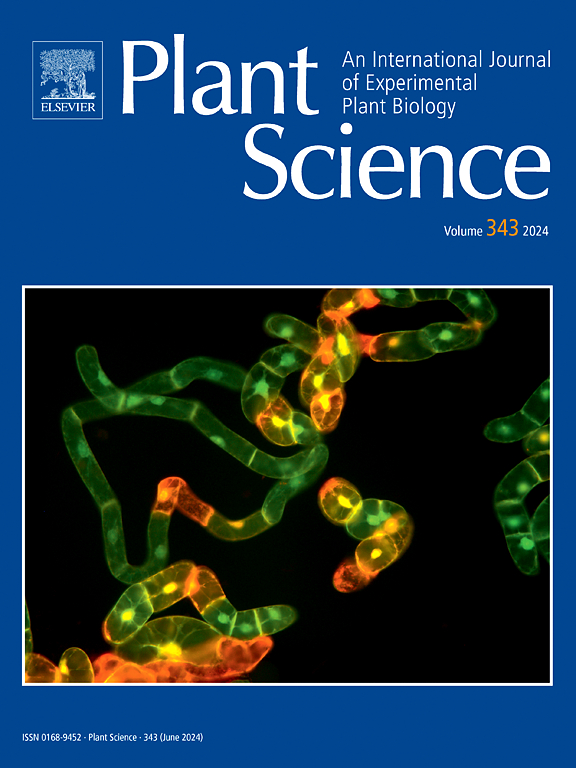Starvation from within: How heavy metals compete with essential nutrients, disrupt metabolism, and impair plant growth
IF 4.2
2区 生物学
Q2 BIOCHEMISTRY & MOLECULAR BIOLOGY
引用次数: 0
Abstract
Nutrient starvation is a critical consequence of heavy metal toxicity, severely impacting plant health and productivity. This issue arises from various sources, including industrial activities, mining, agricultural practices, and natural processes, leading to the accumulation of metals such as aluminum (Al), arsenic (As), cadmium (Cd), chromium (Cr), lead (Pb), mercury (Hg), and nickel (Ni) in soil and water. Heavy metal exposure disrupts key physiological processes, particularly nutrient uptake and transport, resulting in nutrient imbalances within the plant. Essential nutrients are often unavailable or improperly absorbed due to metal chelation and interference with transporter functions, exacerbating nutrient deficiencies. This nutrient starvation, coupled with oxidative stress induced by heavy metals, manifests in impaired photosynthesis, stunted growth, and reduced crop yields. This review presents important insights into the molecular mechanisms driving nutrient deprivation in plants exposed to heavy metals, emphasizing the roles of transporters, transcription factors, and signaling pathways. It also examines the physiological and biochemical effects, such as chlorosis, necrosis, and altered metabolic activities. Lastly, we explore strategies to mitigate heavy metal-induced nutrient starvation, including phytoremediation, soil amendments, genetic approaches, and microbial interventions, offering insights for enhancing plant resilience in contaminated soils.
求助全文
约1分钟内获得全文
求助全文
来源期刊

Plant Science
生物-生化与分子生物学
CiteScore
9.10
自引率
1.90%
发文量
322
审稿时长
33 days
期刊介绍:
Plant Science will publish in the minimum of time, research manuscripts as well as commissioned reviews and commentaries recommended by its referees in all areas of experimental plant biology with emphasis in the broad areas of genomics, proteomics, biochemistry (including enzymology), physiology, cell biology, development, genetics, functional plant breeding, systems biology and the interaction of plants with the environment.
Manuscripts for full consideration should be written concisely and essentially as a final report. The main criterion for publication is that the manuscript must contain original and significant insights that lead to a better understanding of fundamental plant biology. Papers centering on plant cell culture should be of interest to a wide audience and methods employed result in a substantial improvement over existing established techniques and approaches. Methods papers are welcome only when the technique(s) described is novel or provides a major advancement of established protocols.
 求助内容:
求助内容: 应助结果提醒方式:
应助结果提醒方式:


